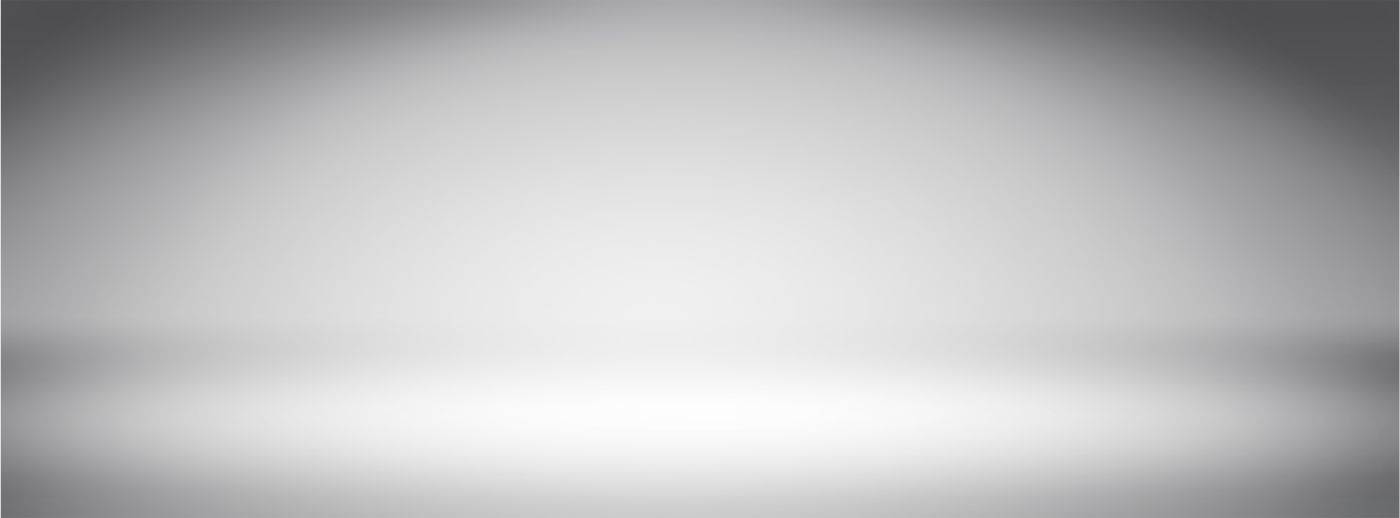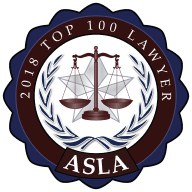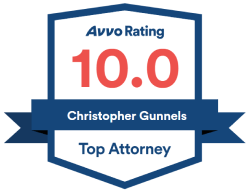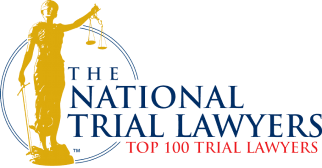Slip and fall accidents are among the most common types of personal injury incidents, often resulting in significant physical, emotional, and financial repercussions for the victims. These accidents can occur in various settings, from public spaces like shopping malls and sidewalks to private properties such as homes and workplaces. Understanding the causes and liabilities associated with slip and fall accidents is crucial for both victims seeking compensation and property owners or managers aiming to prevent such incidents.
Causes of Slip and Fall Accidents
Slip and fall accidents can happen due to a multitude of factors, many of which involve hazardous conditions that compromise the safety of individuals navigating the premises. One primary cause is wet or slippery surfaces. These can result from spills that have not been promptly cleaned, recently mopped floors without warning signs, or weather-related conditions like rain, snow, or ice. Inadequate maintenance of floors and walkways, including uneven surfaces, loose floorboards, or torn carpeting, also significantly contribute to slip and fall incidents. Moreover, poor lighting in dimly lit areas can obscure obstacles and increase the risk of accidents, especially in places like staircases and parking lots.
Another prevalent cause of slip and fall accidents is lack of proper safety measures. This includes the absence of handrails on stairs, failure to install slip-resistant flooring materials in areas prone to moisture, and inadequate warnings or barriers around potentially dangerous areas under repair or construction. Negligence in maintaining public areas such as sidewalks — where cracks or uneven pavement can trip pedestrians — also falls under this category.
Liability in Slip and Fall Accidents
Determining liability in slip and fall cases depends on various factors, primarily revolving around the legal concept of premises liability. Property owners and managers have a legal obligation to maintain safe conditions for anyone who enters their premises legally. This duty applies to both public places and private properties, extending to landlords, business owners, and homeowners alike.
When assessing liability, courts typically consider whether the property owner or manager knew or should have known about the hazardous condition that caused the accident. For instance, if a spill occurred in a grocery store aisle and remained unaddressed for an unreasonable amount of time, resulting in a slip and fall, the store could be held liable for negligence. Similarly, if a property owner failed to repair a known defect in a walkway despite having ample opportunity to do so, resulting in an injury, they could be deemed liable.

Legal Considerations and Compensation
Victims of slip and fall accidents may be entitled to compensation for damages incurred as a result of their injuries. These damages can include medical expenses, lost wages due to inability to work, pain and suffering, and in severe cases, permanent disability or reduced quality of life. Pursuing compensation often involves navigating complex legal processes, including gathering evidence of the hazardous condition, documenting medical treatments and expenses, and negotiating with insurance companies or litigating in court.
In legal terms, proving liability requires demonstrating that the property owner’s negligence directly caused the accident and subsequent injuries. This involves establishing the duty of care owed to the injured party, the breach of that duty through negligent actions or omissions, and the direct link between the breach and the resulting harm.
Preventative Measures and Risk Mitigation
Property owners and managers play a pivotal role in preventing slip and fall accidents through proactive risk management strategies. Regular inspections of premises for potential hazards, prompt repair of any defects or maintenance issues, and implementation of adequate warning signs and safety measures are critical steps. Training staff to recognize and promptly address hazardous conditions, such as spills or uneven surfaces, can also significantly reduce the likelihood of accidents.
Additionally, enhancing lighting in dimly lit areas, especially in high-traffic zones or near stairs and entryways, improves visibility and reduces the risk of falls. Installing slip-resistant flooring materials in areas prone to moisture or spills, such as kitchens, bathrooms, and entryways, enhances traction and minimizes slipping hazards. These preventative measures not only enhance safety but also mitigate potential legal liabilities for property owners and managers.
I had the pleasure of working against Chris on a fairly complicated case. Chris was professional during the course of litigation, and undoubtedly maintained his clients’ interests as the primary focus throughout. Due to Chris’ efficiency and advocacy for his clients, we were able to resolve the case for a reasonable amount, without spending unnecessary time and expenses. I hope to have more cases with Chris in the future, and would have no hesitation recommending Chris to handle complex personal injury matters.” - Paul T.
The Role of Comparative Negligence
In some slip and fall cases, the concept of comparative negligence comes into play, especially when the injured party may have contributed to the accident. Comparative negligence allows for assigning fault proportionately between the parties involved based on their respective contributions to the incident. For example, if a person was texting while walking in a poorly lit area and tripped over a hazard that was partially obscured, a court might determine that both the property owner and the injured person share some responsibility for the accident. In such cases, the compensation awarded to the injured party may be reduced by the percentage of their own negligence.
Challenges in Slip and Fall Cases
Proving liability in slip and fall cases can be challenging due to several factors. Property owners may dispute the existence or severity of the hazardous condition, argue that the injured party was trespassing or acting recklessly, or assert that the condition was open and obvious. Insurance companies representing property owners often employ tactics to minimize their liability and reduce potential payouts. They may attempt to settle claims quickly for lower amounts or deny claims outright, citing lack of evidence or contributory negligence on the part of the injured party.
To overcome these challenges, it is crucial for slip and fall accident victims to gather as much evidence as possible at the scene of the incident. This includes taking photographs or videos of the hazardous condition, obtaining contact information from witnesses who can corroborate the events leading to the accident, and seeking medical attention promptly to document injuries. Keeping records of medical treatments, expenses incurred, and any communications with property owners or their representatives can strengthen the case when pursuing compensation.
Statute of Limitations
It’s important to note that slip and fall accident claims are subject to statutes of limitations, which vary by state and dictate the timeframe within which legal action must be initiated. Failing to file a claim within the statute of limitations can result in the forfeiture of the right to seek compensation. Therefore, consulting with a personal injury attorney as soon as possible after the accident is crucial to ensure compliance with these deadlines and to begin the process of gathering evidence and building a strong case.
Dealing with Insurance Steps to File a LawsuitRelated Videos
Public Awareness and Prevention Efforts
Beyond legal considerations, raising public awareness about the causes and consequences of slip and fall accidents is essential for fostering safer environments. Educational campaigns aimed at both property owners and the general public can highlight preventive measures and promote responsible behavior. Encouraging property owners to implement safety protocols and regular inspections, as well as advocating for individuals to stay vigilant and report hazards promptly, can contribute to reducing the incidence of slip and fall accidents.
Industry Standards and Best Practices
In addition to legal obligations, adherence to industry standards and best practices can guide property owners in maintaining safe premises. Organizations such as the Occupational Safety and Health Administration (OSHA) provide guidelines for workplace safety, including recommendations for slip-resistant flooring, adequate lighting, and maintenance procedures. By following these standards, property owners can minimize risks and demonstrate their commitment to protecting the well-being of visitors and employees alike.
Psychological Impact of Slip and Fall Accidents
Slip and fall accidents can have lasting psychological effects on victims, beyond physical injuries. The trauma of a sudden fall and subsequent injuries can lead to anxiety, fear of falling again, and even post-traumatic stress disorder (PTSD) in severe cases. These psychological impacts may require counseling or therapy to address, in addition to medical treatment for physical injuries. Recognizing and addressing the emotional toll of slip and fall accidents is essential for promoting holistic recovery and well-being.
Advocacy for Vulnerable Populations
Certain demographics, such as elderly individuals and people with disabilities, may be particularly vulnerable to slip and fall accidents due to age-related declines in balance and mobility, or physical impairments. Advocacy groups and organizations dedicated to these populations play a crucial role in promoting accessibility and safety standards that accommodate their needs. By advocating for inclusive design and barrier-free environments, these groups contribute to reducing the risk of accidents and enhancing the quality of life for vulnerable individuals.
Fighting for the Justice You Deserve
Slip and fall accidents are a significant public health and legal issue that necessitates proactive measures from both property owners and individuals. By understanding the common causes of these accidents, recognizing liability under premises liability laws, and seeking legal guidance when needed, individuals can protect their rights and pursue fair compensation for injuries and damages. The Gunnels Law Firm LLC is here to advocate for your rights and support you through every step of the legal process. Contact us today to schedule a free consultation and begin your journey toward justice and recovery.






